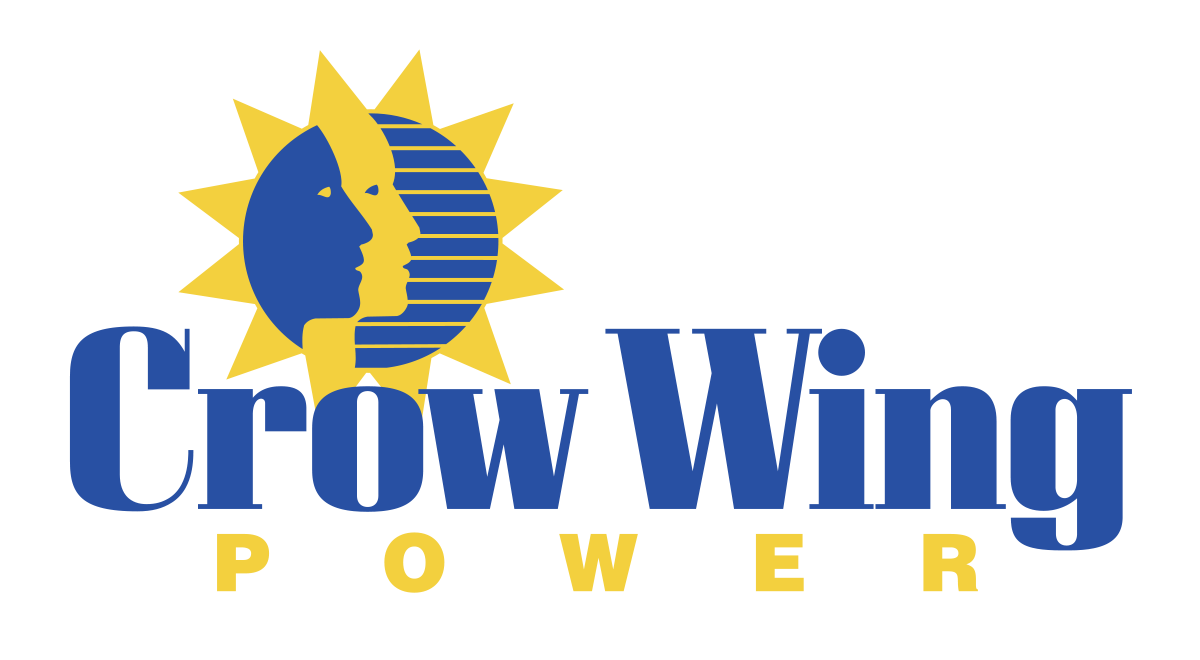The cooperative difference emphasizes member ownership, democratic control, and a focus on meeting members' needs rather than maximizing profits. It fosters collaboration, community impact, and equitable benefits for all members.
The Cooperative Difference
An electric cooperative operates differently from investor-owned utilities because it is member-owned, not-for-profit, and democratically controlled. Formed to provide reliable and affordable electricity to underserved areas, cooperatives prioritize their members' needs over generating profits. Members of the cooperative are also its owners, giving them a direct voice in governance through the election of board members who guide the organization’s policies and decisions. This structure fosters a strong sense of community and accountability, as the cooperative focuses on reinvesting revenue into improved services, infrastructure, and programs that benefit its members. Additionally, electric cooperatives often emphasize local engagement, economic development, and sustainability, ensuring that the interests of the community remain at the forefront of their operations.
Cooperative Principles
The seven cooperative principles are the foundational guidelines that govern cooperatives, ensuring they operate in the best interest of their members.

Membership in a cooperative is open to all people who can reasonably use its services and stand willing to accept the responsibilities of membership, regardless of race, religion, gender, or economic circumstances.
Cooperatives are democratic organizations controlled by their members, who actively participate in setting policies and making decisions. Representatives (directors/trustees) are elected among the membership and are accountable to them. In primary cooperatives, members have equal voting rights (one member, one vote); cooperatives at other levels are organized in a democratic manner.
Members contribute equitably to, and democratically control, the capital of their cooperative. At least part of that capital remains the common property of the cooperative. Members allocate surpluses for any or all of the following purposes: developing the cooperative; setting up reserves; benefiting members in proportion to their transactions with the cooperative; and supporting other activities approved by the membership.
Cooperatives are autonomous, self-help organizations controlled by their members. If they enter into agreements with other organizations, including governments, or raise capital from external sources, they do so on terms that ensure democratic control as well as their unique identity.
Education and training for members, elected representatives (directors/trustees), CEOs, and employees help them effectively contribute to the development of their cooperatives. Communications about the nature and benefits of cooperatives, particularly with the general public and opinion leaders, help boost cooperative understanding.
By working together through local, national, regional and international structures, cooperatives improve services, bolster local economies, and deal more effectively with social and community needs.
Cooperatives work for the sustainable development of their communities through policies supported by the membership.
Electric cooperatives were born out of grassroots efforts and federal support during the 1930s, when rural communities, overlooked by for-profit utilities, united under the cooperative model to bring affordable electricity to underserved areas through the New Deal’s Rural Electrification Act.
There are over 900 electric cooperatives in the United States serving 42 million people and over 22 million businesses, homes, schools and farms in 48 states.
Electric co-ops cover 56% of the United States landmass.
Co-ops return more than $1 billion to their consumer-members annually as not-for-profit organizations.
832 distribution cooperatives are the foundation of the electric cooperative network. They were built by and serve co-op members in the community by delivering electricity and other services.
64 generation and transmission cooperatives provide wholesale power to distribution co-ops through their own electric generation facilities or by purchasing power on behalf of the distribution members.
Cooperatives support approximately 612,000 jobs and contribute $88 billion to the U.S. GDP annually.
The United States has more than 5.5 million miles of electric transmission and distribution lines - enough to circle the Earth over 200 times!
Minnesota has 44 electric distribution cooperatives serving nearly 1.7 million Minnesotans.
Nearly 85% of Minnesota's land area is served by electric cooperatives.
Crow Wing Power Cooperative
Like fellow electric cooperatives, Crow Wing Power is committed to providing reliable electricity at the lowest possible cost to members. We are guided by the same cooperative principles that shape and inspire everything we do. We value our hard-working employees and embrace their dedication to serving our cooperative members. Learn more about Crow Wing Power.
